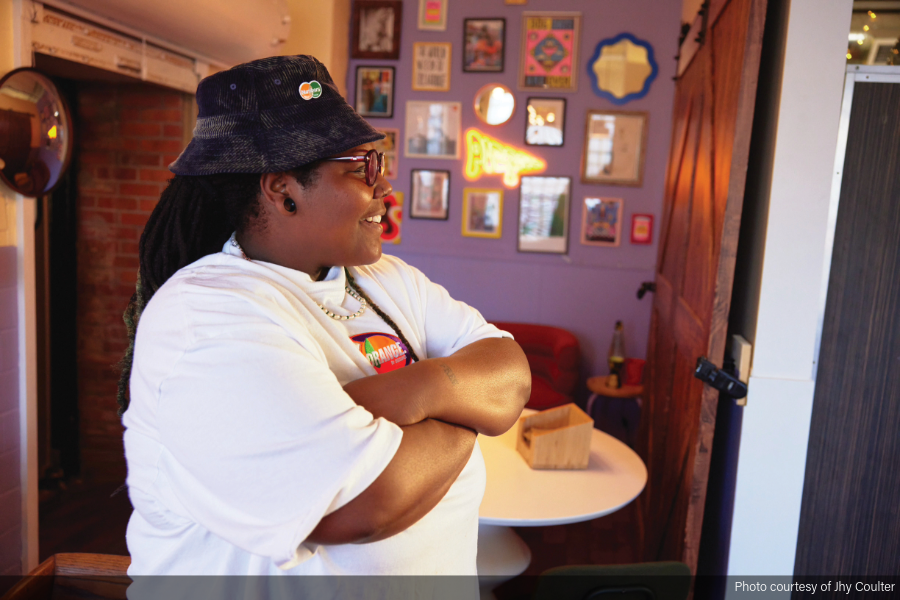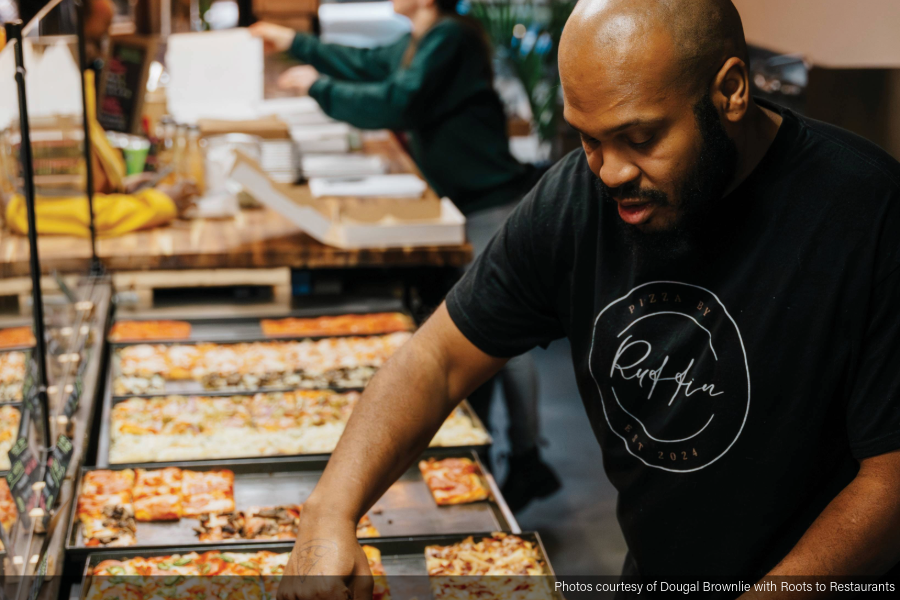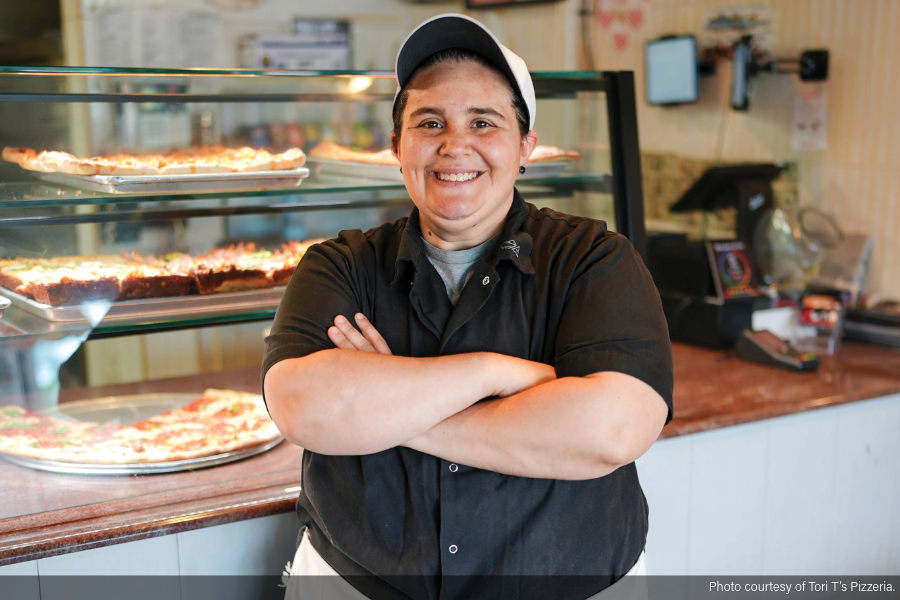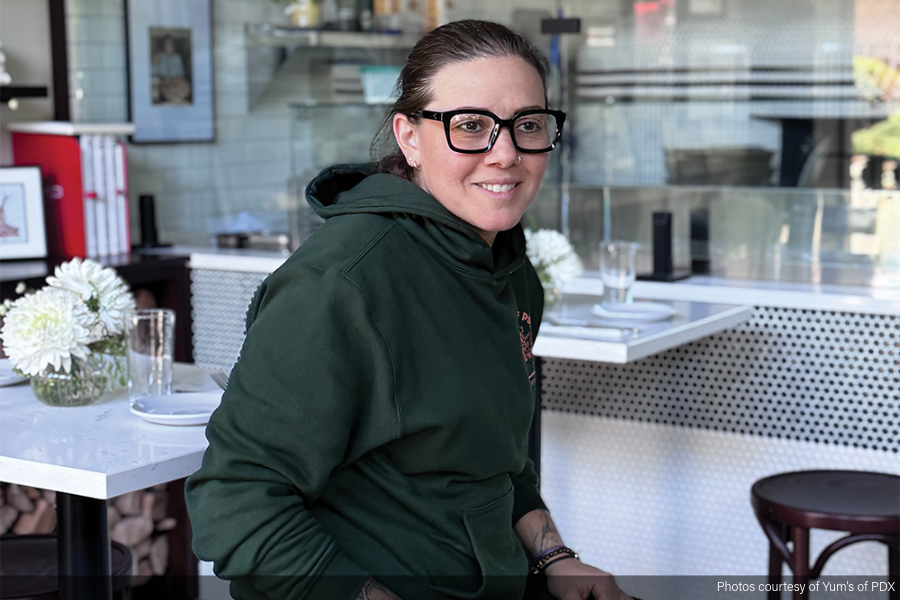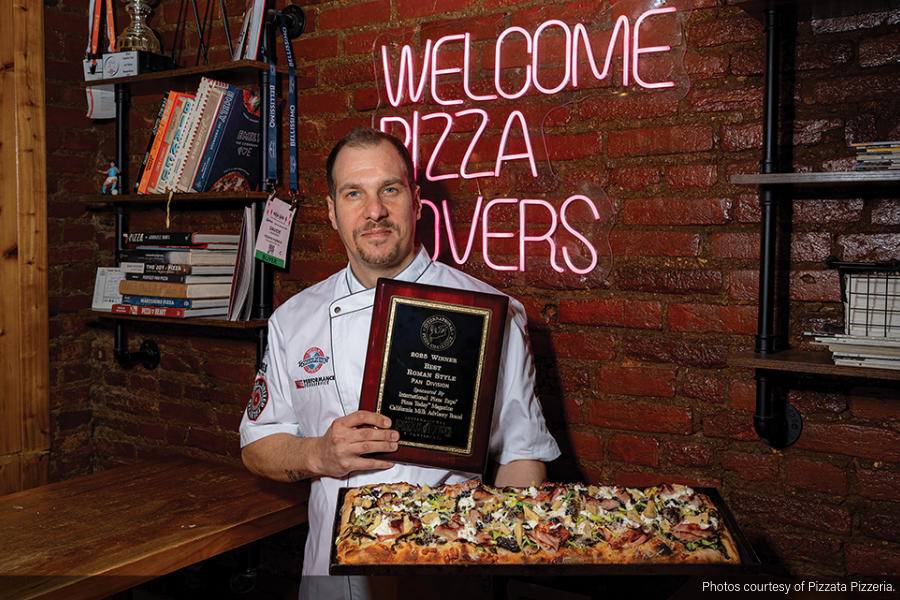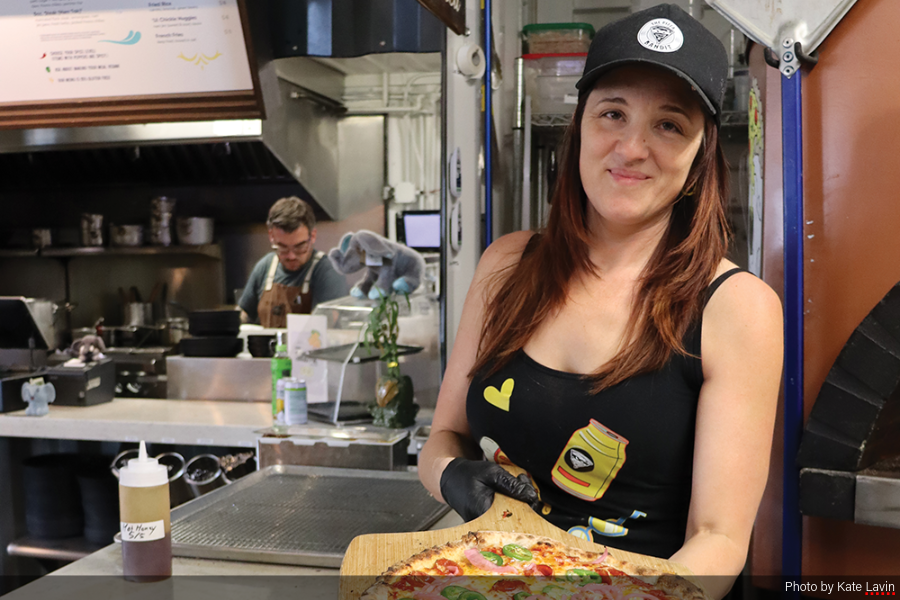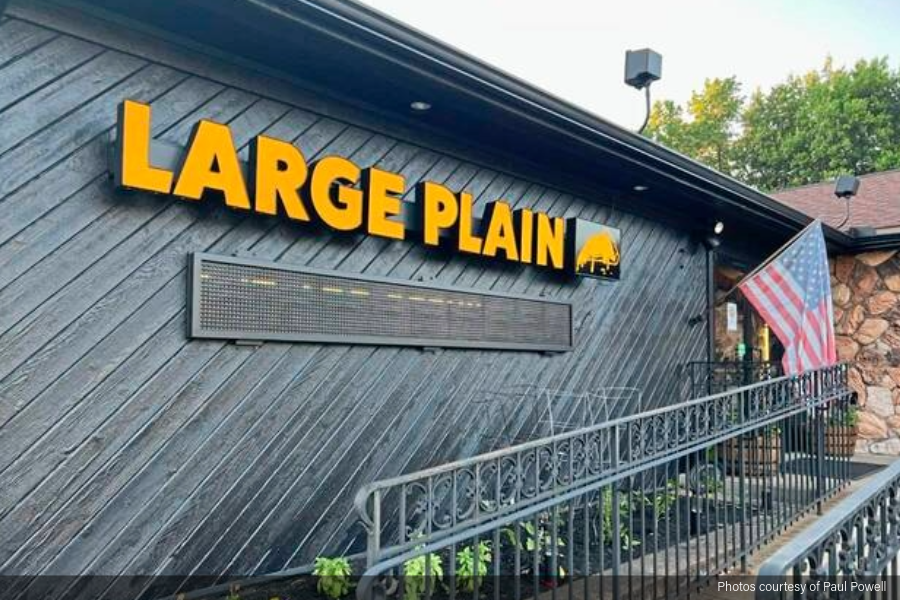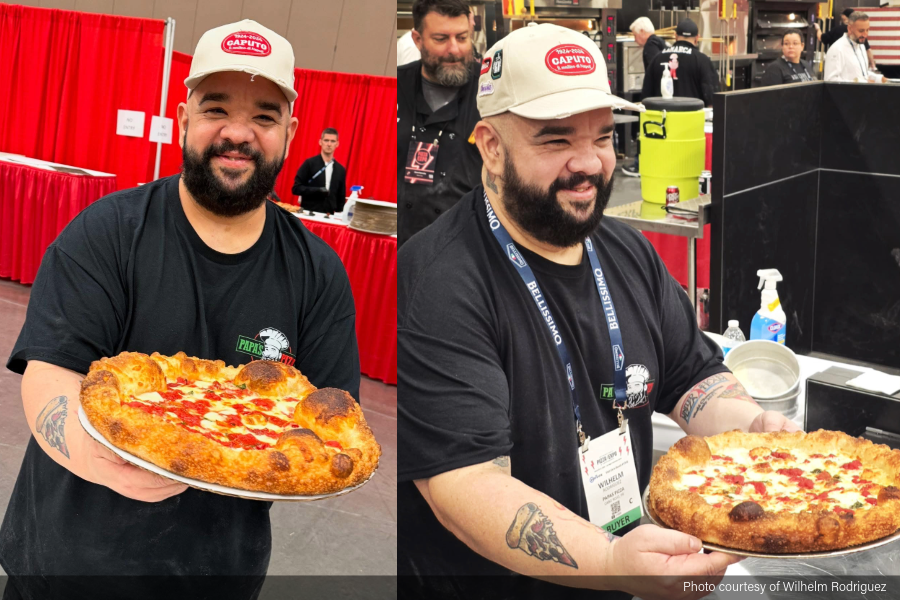All Systems Dough
Your dough is the heart and soul of your menu. No question. When I opened Andolini’s, I made the dough alone every morning. If something went wrong, it was on me to figure it out. After a year of working every day and dealing with whatever dough crisis had come up, I made a plan to finally take a day off. I was terrified of what would happen. How could I make sure my staff knew how to make it the same as me? How could I ensure they were prepared for success and equipped to handle any issue that might arise without needing me? I would need to make a system. A system that was simple to execute that allowed for situational issues. Having a standard operating procedure for every situation is necessary. I know now that it’s the only way to maintain dough consistency, not only in one store but across multiple stores as well.
Recipe Poster
Coca-Cola makes different parts of coke in separate factories, so no one employee knows how to fully replicate the recipe. You, on the other hand, don’t have that luxury. As much as your dough recipe may be proprietary to you, if the staff you entrust to make it doesn’t know the recipe, it doesn’t matter. You might think they know the recipe, but are you sure? I put the dough recipe on a blown-up poster near the mixer, so there’s no ambiguity about making it right every time. Additionally, I teach each dough maker how to make it right via a video of the exact right way to do it. Anyone that will ever touch a mixer needs to meet with me or watch that video and take a test on making it correctly. Even if you personally train your dough people and have them recite the recipe to you verbatim, they must have a prominent, focal reference point. A visible recipe, near the mixer, makes this a reality.
Printed Time & Date Labels
Dough is highly variable. You want to know for sure how many hours it’s fermented, so merely a date on the tray or dough box isn’t enough. I use a label machine connected to a tablet that prints stickers of who made the dough, what batch and what time of day. These systems are super affordable, ensure quality, and are a time saver. Also, if there’s ever an issue, we know exactly who to turn to and what time to look at on the cameras. Monday 9 a.m. vs. Monday 4 p.m. will make a huge difference for a dough’s rise, so having a date and time and knowing real rise time is paramount to consistency.
Extenuating Circumstance SOP
For everything that can go wrong with your dough, have a fallback procedure. If the dough is blown-out, do you put it into another batch, turn it into garlic knots, or toss it out? Side note: don’t toss it out; there’s always something else you can do with the blown-out dough. If the dough is too sticky, what should your staff do about it? If it’s cooking too fast, what’s your resolve? Plan all this out and put it on your poster and/or train staff on it. Unplanned things will go wrong; it’s your fault if you let issues repeatedly occur without a plan. Additionally, I have a color chart on my oven of what pizza is too burnt and what isn’t cooked enough, so they know what variance is acceptable and which is not.
Portion Smart
Don’t measure dough ingredients each time you make a new dough. Instead, take all the batches you plan to make that day and portion them all at once. Let’s say it’s eight doughs for the day; measure out eight portions of yeast ahead of time. That way, it’ll be obvious if one is mismeasured, and you’ll have this part of the procedure done. You’ll avoid double duty and/or wasting time measuring each batch. Do this for your oil, salt, yeast and even water. If you’re keeping your water refrigerated, do that ahead of time as well. Have your ingredients set before you start your dough process. That might sound obvious to some, but walking around a kitchen getting ingredients ready multiple times a day is a waste I see happen in lots of kitchens.
Consistency and Listening
When someone has “their” suggested new way of doing a recipe that might be better than the current recipe I say great, I welcome that. Their ideas should be heard and evaluated but never immediately changed. Otherwise, a kitchen turns into chaos, and you have Tom’s dough from Tuesday to Thursday and Frank’s dough Friday to Monday, and you’re never on the same page. If there’s a better way to do it, management and ownership need to agree on it and then execute it across the whole store or stores. Anything short of this is a recipe for chaos. Depending on your elevation, you might have a variable to your recipe. Variables can occur if you have different equipment like multiple ovens, different mixer styles across locations. If your restaurants are in vastly different regions with varying climates, this will affect the recipe. Even if they are all in the same location, what you do during the winter will vary from the height of summer when the dough rises exponentially faster. In those scenarios, don’t let whoever’s making the dough at that location make the call on handling issues that arise. Create a finite protocol of what to do when each scenario occurs. Alleviate ambiguity, and you get rid of the “Oh, I do it this way when that happens.”
Make a standard operating procedure for dough balling. I’ve seen many different ways to ball dough, and most of them are incorrect. I’m a fanatic about the correct way to ball a dough. Since we don’t use sheeters or rolling pins, proper balling is essential to avoid weak spots. If you don’t use a sheeter or a rolling pin, you need a dough balling process that does not allow for air to get pushed into your dough. To get this accomplished again, use videos, one-to-one training and then onsite spot-check training. Watch on camera that people are doing it the right way. This means not the way they saw it done at some other pizzeria they worked at.
The absolute worst is when someone doing it the wrong way influences others to follow their lead into doing it the wrong way. To avoid that nightmare, make sure you know your standards of achieving a correct dough in every scenario first. Once you have that, document the proper methods in training. Do this on posters, videos and verbally training correctly on a one-to-one basis. All these actions alleviate and destroy any ambiguity and variability from
employee to employee or store to store.
MIKE BAUSCH is the owner of Andolini’s Pizzeria in Tulsa, Oklahoma.



